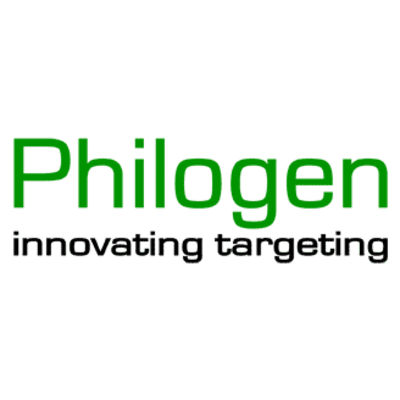Request Demo
Last update 08 May 2025
IL-12R x CEA
Last update 08 May 2025
Related
1
Drugs associated with IL-12R x CEATarget |
Mechanism CEA inhibitors [+1] |
Active Org. |
Originator Org. |
Active Indication |
Inactive Indication- |
Drug Highest PhasePreclinical |
First Approval Ctry. / Loc.- |
First Approval Date20 Jan 1800 |
100 Clinical Results associated with IL-12R x CEA
Login to view more data
100 Translational Medicine associated with IL-12R x CEA
Login to view more data
0 Patents (Medical) associated with IL-12R x CEA
Login to view more data
4
Literatures (Medical) associated with IL-12R x CEA31 Dec 2023·mAbs
Generation and
in vivo
characterization of a novel high-affinity human antibody targeting carcinoembryonic antigen
Article
Author: De Luca, Roberto ; Villa, Alessandra ; Plüss, Louis ; Elsayed, Abdullah ; Peissert, Frederik ; Römer, Jonas ; Puca, Emanuele ; Oxenius, Annette ; Rotta, Giulia ; Dakhel Plaza, Sheila ; Neri, Dario
01 Apr 2018·Cancer ScienceQ2 · MEDICINE
Overexpression of interleukin‐35 in intrahepatic cholangiocarcinoma is a prognostic indicator after curative resection
Q2 · MEDICINE
ArticleOA
Author: Lin, Jia‐jia ; Zheng, Su‐su ; Zhang, Juan ; Gan, Wei ; Shen, Hu‐jia ; Zhang, Mei‐xia ; Zhang, Bo‐heng ; Qiu, Shuang‐jian ; Xu, Xin ; Jing, Chu‐yu
01 Dec 2013·RetrovirologyQ2 · MEDICINE
Transcriptional profiling reveals molecular signatures associated with HIV permissiveness in Th1Th17 cells and identifies Peroxisome Proliferator-Activated Receptor Gammaas an intrinsic negative regulator of viral replication
Q2 · MEDICINE
ArticleOA
Author: Jean Pierre Routy ; Aurélie Cleret-Buhot ; Patricia Monteiro ; Jean Philippe Goulet ; Cécile Tremblay ; Annie Bernier ; Vanessa S. Wacleche ; Yuwei Zhang ; Mohammad Ali Jenabian ; Sandrina DaFonseca ; Annie Gosselin ; Petronela Ancuta
Analysis
Perform a panoramic analysis of this field.
login
or

AI Agents Built for Biopharma Breakthroughs
Accelerate discovery. Empower decisions. Transform outcomes.
Get started for free today!
Accelerate Strategic R&D decision making with Synapse, PatSnap’s AI-powered Connected Innovation Intelligence Platform Built for Life Sciences Professionals.
Start your data trial now!
Synapse data is also accessible to external entities via APIs or data packages. Empower better decisions with the latest in pharmaceutical intelligence.
Bio
Bio Sequences Search & Analysis
Sign up for free
Chemical
Chemical Structures Search & Analysis
Sign up for free

